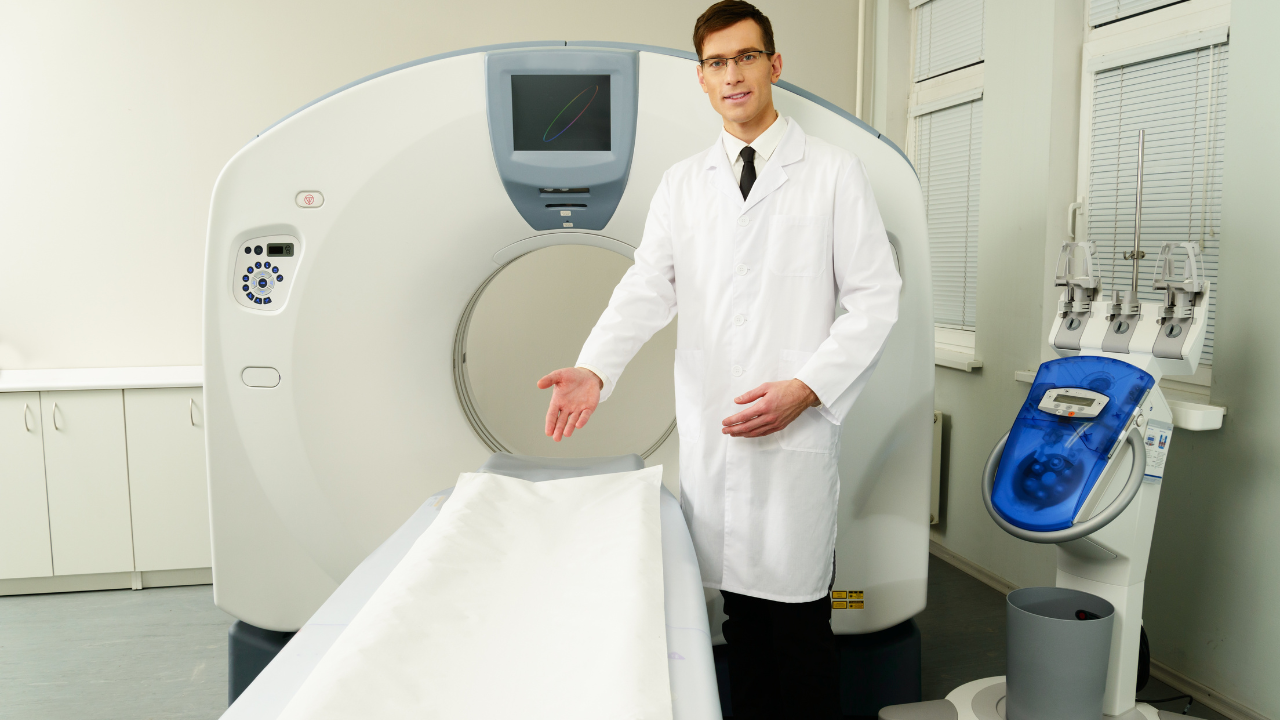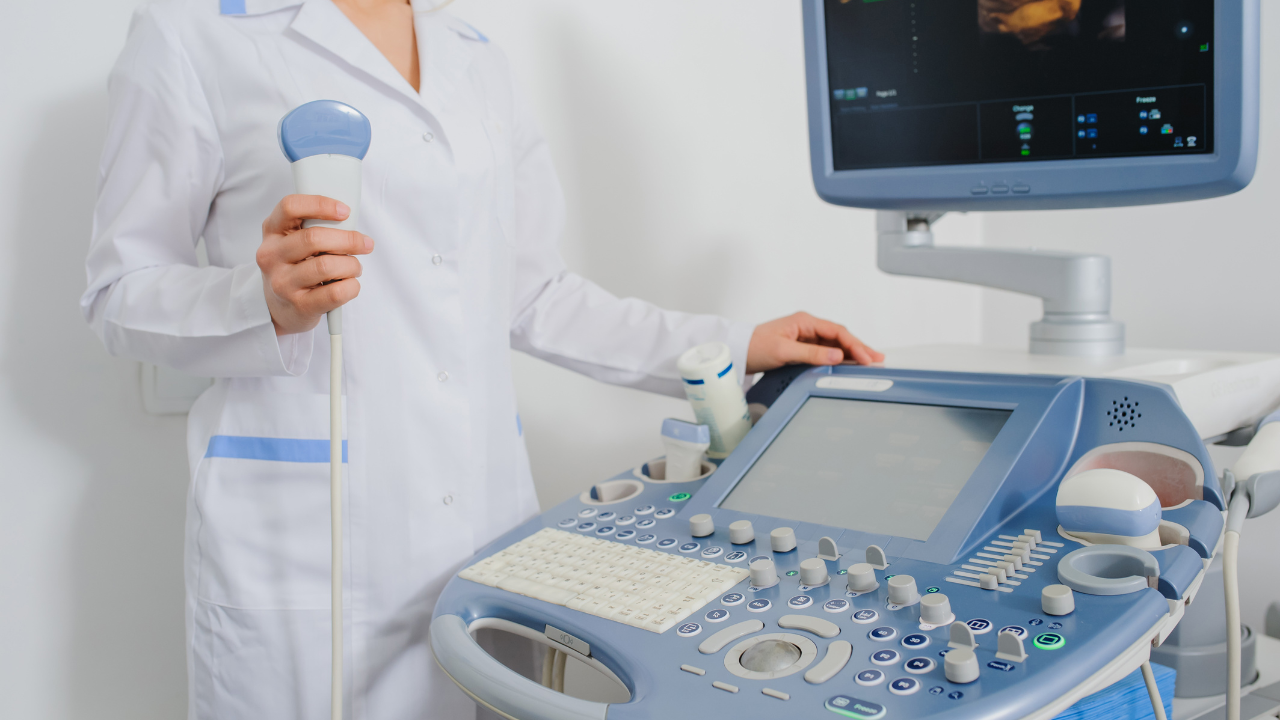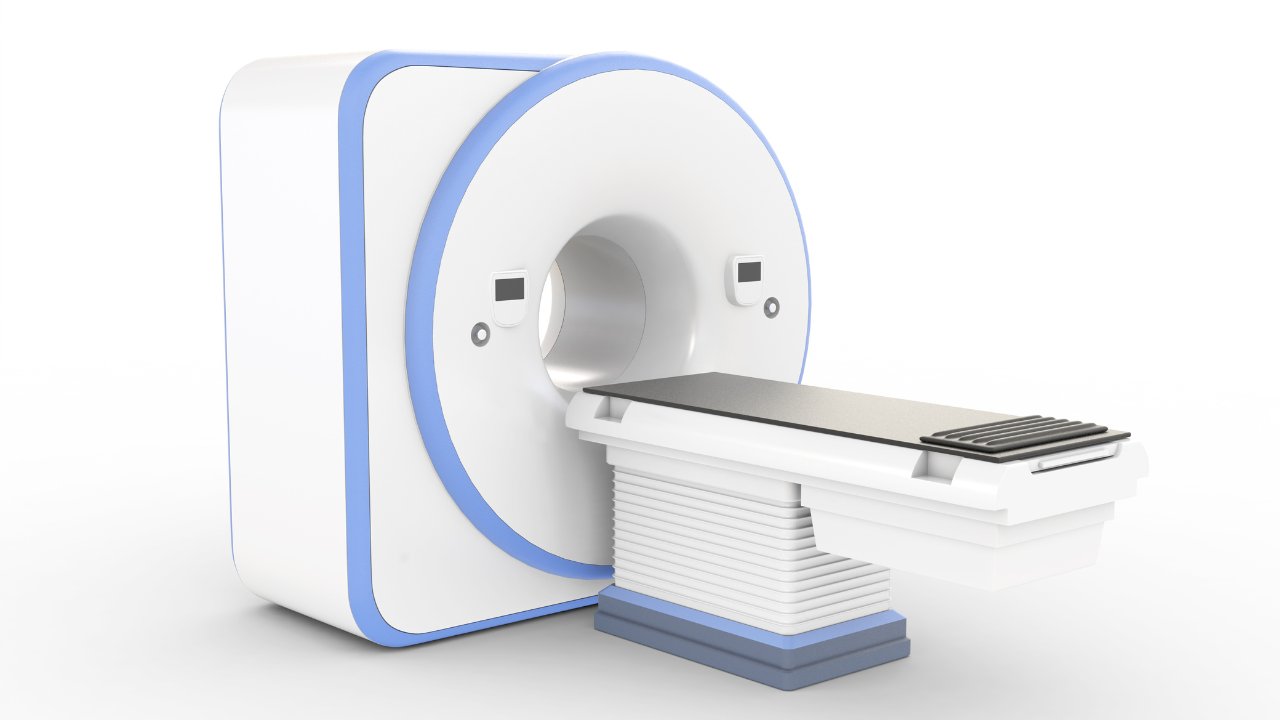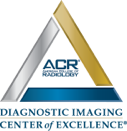Blog and News
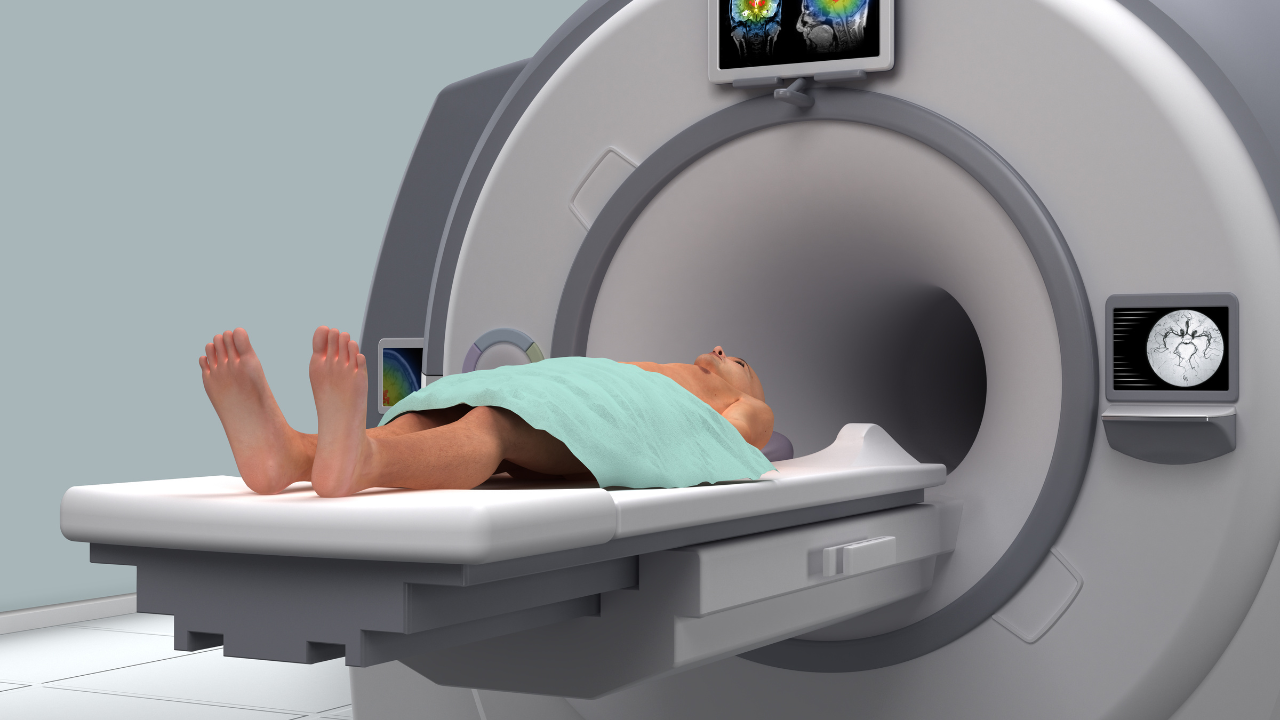
You can enhance patient experience and maintain high safety standards in an MRI facility by optimizing patient flow, ensuring intuitive spatial arrangements, and minimizing wait times. Control access with RFID badges and designate safety zones to prevent magnetic interference. Implement high-quality RF shielding to protect the scanner and reduce electromagnetic exposure. Maintain a stable environment with an efficient HVAC system and incorporate soft soundproofing and calming colors for comfort. Adhere to FDA and ACR guidelines and prioritize clear emergency access routes. Equip rooms with advanced technology and patient amenities like lockers and blankets. For more details, explore the comprehensive strategies awaiting you.
Listen to the Article
Key Takeaways
- Implement clear signage and intuitive spatial arrangement to streamline patient flow and minimize wait times.
- Establish controlled access areas with RFID badges to maintain high safety standards and prevent unauthorized access.
- Use high-quality RF shielding and regularly inspect it to protect against external noise and electromagnetic field exposure.
- Maintain a stable temperature and regulate humidity with an optimal HVAC system to ensure patient comfort.
- Incorporate soundproofing and calming colors to create a relaxing environment and enhance patient experience.
Assessing Patient Flow
Evaluating how patients move through the MRI facility is crucial to ensuring a seamless and stress-free experience. You need to map out the entire patient journey, from check-in to post-scan departure. Start by observing and documenting each step.
Notice where bottlenecks occur and identify areas where patients might feel confused or anxious. Implement clear signage and provide staff training for efficient patient guidance. Prioritize minimizing wait times and ensuring private, comfortable waiting areas.
Consider the spatial arrangement: ensure that pathways are intuitive and accessible. By optimizing patient flow, you're not just improving efficiency but also enhancing the overall patient experience. Your goal is to create an environment where patients feel cared for and stress-free, enabling more effective and safer MRI procedures.
Planning Safety Zones
When designing MRI facilities, you must focus on planning safety zones to ensure patient well-being.
Controlled access areas prevent unauthorized entry and reduce the risk of accidents, while strategically placing safety equipment ensures quick response in emergencies.
Controlled Access Areas
In designing MRI facilities, it's crucial to establish controlled access areas that prioritize patient safety and streamline workflow.
Implementing safety zones ensures that only authorized personnel can enter sensitive areas, significantly reducing the risk of accidents and interference with the MRI.
You'll want to designate zones such as the MRI suite, control room, and patient preparation areas, each with clear signage and restricted access.
By using RFID badges and electronic access controls, you can monitor and manage who enters these zones. This not only enhances safety but also creates a more efficient work environment.
Safety Equipment Placement
Placing safety equipment strategically within MRI facilities is essential to ensure rapid response times and enhance patient safety. You'll need to designate clear safety zones, with equipment like fire extinguishers, emergency shut-off switches, and first-aid kits placed within easy reach.
Position defibrillators and oxygen tanks outside the MRI room but close enough for quick access. Clear signage and staff training ensure everyone knows the exact locations of these vital tools.
Don't forget that non-ferromagnetic equipment is crucial to avoid magnetic interference. By meticulously planning these zones, you create a safer environment that prioritizes patient care and staff readiness. Your goal is to respond swiftly and effectively in emergencies, thereby maintaining the highest safety standards.
Ensuring RF Shielding
Ensuring RF shielding is essential to prevent interference and maintain image quality in an MRI facility. You need to implement high-quality RF shielding materials, such as copper or aluminum, to protect the scanner from external radiofrequency noise.
This shielding not only preserves the integrity of diagnostic images but also ensures patient safety by minimizing exposure to extraneous electromagnetic fields. Regularly inspect and maintain the RF shielding to identify any potential breaches or degradation.
Accommodating HVAC Requirements
Properly designed HVAC systems are crucial in maintaining the optimal temperature and humidity levels necessary for both the MRI equipment's performance and patient comfort.
You'll need to balance several factors to ensure the system meets all requirements:
- Temperature Control: Keep the MRI room at a stable temperature to prevent equipment overheating and enhance patient comfort.
- Humidity Regulation: Maintain appropriate humidity levels to avoid condensation on sensitive MRI components and ensure patient safety.
- Air Quality: Use HEPA filters to reduce airborne contaminants, ensuring a clean environment for both patients and staff.
Providing Patient Amenities
Offering a variety of patient amenities in MRI facilities can significantly enhance the overall patient experience while ensuring their comfort and safety.
You can start by providing comfortable seating areas for patients and their families, ensuring an inviting environment.
Integrating music and visual systems within the MRI room can help alleviate patient anxiety.
It's crucial to offer lockers for personal belongings to instill a sense of security.
Additionally, consider providing warm blankets and room temperature control to address comfort needs.
Clear, accessible signage helps patients navigate the facility easily, reducing stress.
Installing MRI-Compatible Equipment
When installing MRI-compatible equipment, you must choose non-magnetic materials to ensure patient safety and optimal imaging.
Incorporate effective shielding and thoughtful room design to minimize external interference and enhance image quality.
Additionally, establish robust emergency safety protocols to protect patients and staff during unforeseen situations.
Non-Magnetic Material Choices
Choosing non-magnetic materials for MRI-compatible equipment is crucial to ensure patient safety and optimal imaging performance. You can't afford to overlook this because MRI machines generate powerful magnetic fields that can turn ferromagnetic objects into hazardous projectiles.
To enhance patient experience and maintain high safety standards, consider these non-magnetic material choices:
- Titanium: Lightweight, durable, and non-reactive, making it perfect for patient-friendly devices.
- Aluminum: Cost-effective and versatile, suitable for various fixtures and fittings.
- Plastic: Non-conductive and flexible, ideal for non-critical accessory components.
Shielding and Room Design
Designing effective shielding and room layout for MRI installations ensures patient safety and enhances diagnostic accuracy.
You should install RF shielding to block external electromagnetic interference, which can compromise image quality. Properly shielded rooms prevent stray magnetic fields from affecting nearby electronic devices, ensuring a safer environment for both patients and staff.
Use MRI-compatible equipment, free from ferromagnetic materials, to avoid safety hazards and maintain image clarity. Carefully plan room layout to optimize workflow, reduce patient anxiety, and ensure quick access to emergency exits.
Integrate soundproofing to minimize noise levels, enhancing patient comfort during scans. By prioritizing these design elements, you can create a safe, efficient, and patient-friendly MRI facility that excels in both care and performance.
Emergency Safety Protocols
Ensuring emergency safety protocols in MRI facilities starts with installing MRI-compatible equipment to prevent accidents and maintain patient and staff safety. You need to choose equipment that can withstand the strong magnetic fields without becoming hazardous projectiles. This helps protect everyone in the facility and enhances the overall patient experience.
Key considerations include:
- MRI-safe stretchers and wheelchairs: Ensure these are non-magnetic to prevent them from being pulled toward the MRI machine.
- Emergency call systems: Install MRI-compatible call buttons and intercoms for immediate communication during emergencies.
- Fire suppression systems: Use non-ferromagnetic materials to prevent interference with the MRI's magnetic field.
Optimizing Space for Workflow
How can we best configure the MRI facility to streamline workflow while prioritizing patient comfort and safety?
Start by designing a logical layout that minimizes patient movement and reduces wait times. Position the MRI scanner centrally, with prep and recovery rooms nearby to facilitate smooth transitions. Ensure clear, unobstructed pathways for staff and patients to navigate easily.
Incorporate soundproofing to minimize noise, enhancing patient relaxation. Use calming colors and comfortable seating in waiting areas to reduce anxiety. Equip rooms with advanced technology for quick and accurate data transfer, allowing technicians to focus on patient care.
Complying With Regulatory Standards
Adhering to regulatory standards is crucial to ensure patient safety and optimal operational performance in your MRI facility. You need to stay updated on guidelines from organizations like the FDA and ACR. Compliance not only enhances patient trust but also mitigates risks associated with MRI procedures.
To maintain high safety standards, focus on:
- Shielding and Zoning: Properly shielded rooms and clearly defined zones reduce magnetic field exposure risks.
- Routine Inspections: Regular equipment checks and maintenance prevent malfunctions and ensure reliability.
- Staff Training: Continuous education on safety protocols and emergency procedures keeps your team prepared.
Being meticulous about these details ensures your facility operates smoothly and keeps patients safe, ultimately enhancing their experience.
Designing for Emergency Access
When designing your MRI facility, you must prioritize clear and unobstructed emergency access routes to swiftly address any critical situations that may arise. Ensure that all pathways to and from the MRI room are wide enough for emergency personnel and equipment.
Place emergency exits and medical supplies in easily accessible locations. Install clear signage to guide staff during an emergency, and ensure doors are always operable from the inside without specialized tools.
Equip your facility with an emergency communication system linked directly to local emergency services. Regularly conduct drills to familiarize staff with emergency protocols. By focusing on these elements, you'll create a safer environment for both patients and healthcare providers, enhancing overall patient care and safety.


